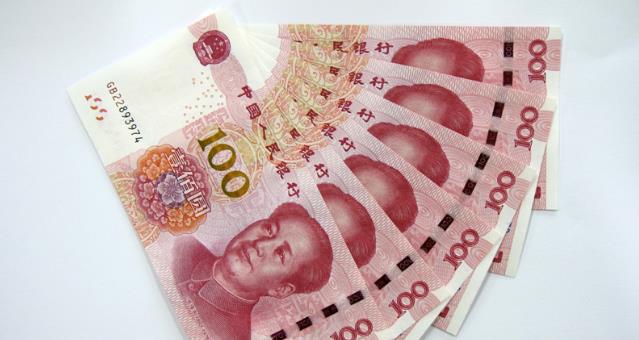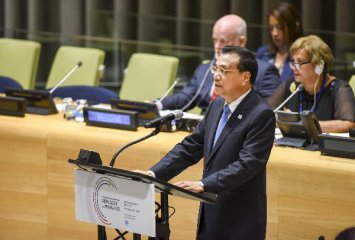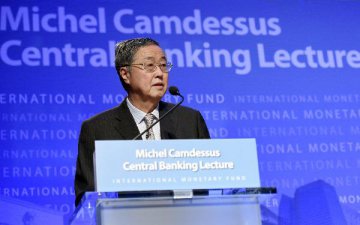
As the much-watched Fed’s decision is to be announced, the Fed’s rate hike has been seen as a certain thing in the market.
However, while the US dollar index was flat, the onshore RMB exchange rate against the US dollar fell sharply on September 25 morning and closed at 6.8770 at 16:30, down 380 basis points. It fell more than 400 basis points during the night to below 6.88, the biggest drop since July 27. At the same time, the offshore RMB first rose and then fell against the US dollar, smearing the intraday gains.
Some foreign exchange analysts believe that it is not surprising. Especially around the long holiday, it is normal that the exchange rate see large fluctuations. The foreign exchange analyst said that the US dollar index has been in a downturn for many weeks. On September 21 and 24, the US dollar index showed a technical rebound. In the short term, the US dollar index corrected. On September 24, the offshore RMB exchange rate fell more than 200 basis points, and the onshore market has a day-off. Judging from the current market reaction, investors do not have to worry too much as the decline in the onshore RMB exchange rate on September 25 is a lagged fall from the rise in the previous day after the market opened.
The increase in the purchase of foreign exchange before the National Day holiday is also one of the reasons for the weakening of the RMB. The above-mentioned foreign exchange trader said that recent trade conflicts may have some influence on RMB exchange rate movement, but the lagged fall is still the main reason.
“Currently, international capitals flow back to US dollar-denominated assets. In addition, the Fed is expected to raise interest rates and US dollar-denominated bonds boasted higher yield. Investors prefer to hold US dollars,” an investment manager engaged in foreign exchange trading at a private fund company.
RMB’s exchange rate saw stronger two-way fluctuation lately. Zhu Jianfang, chief economist at Citic Securities, considered that interest rate spread between China and the US will continue to narrow as there’s high probability for the Fed to raise interest rates in late September and December again but lower probability for China to tighten monetary policy by following the US.
Zhu viewed that the cycle of US dollar, cycle of China’s economic development and cycle for interest rates hike by China and the US are the key factors pressuring RMB’s exchange rate under current stage.
Whether will RMB’s exchange rate see larger fluctuation within this year? Zhu said that as the monetary authority gradually interfered via counter-cycle adjustment measures, detailed policies will gradually take effect and hedge pro-cycle influence in the short term. The existing pressure on RMB’s exchange rate will be released, but fluctuation in the exchange rate will be relaxed with exchange rate management tool working.
As interest rate hike is completely considered, the US dollar won’t make huge response after the US Fed make decision, said Fawad Razaqzada, technical analyst at Gain Capital Holding.
RMB interest rate intends to climb in the short run, which can hedge influence of the Fed’s interest rate hike on RMB’s exchange rate, according to a researcher from a securities company.
Source: CFBOND, Translated by Coral Zhong, Vanessa Chen





















Latest comments